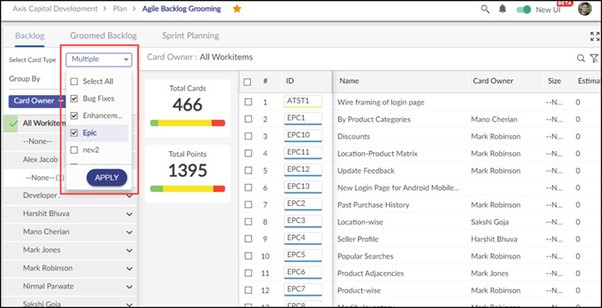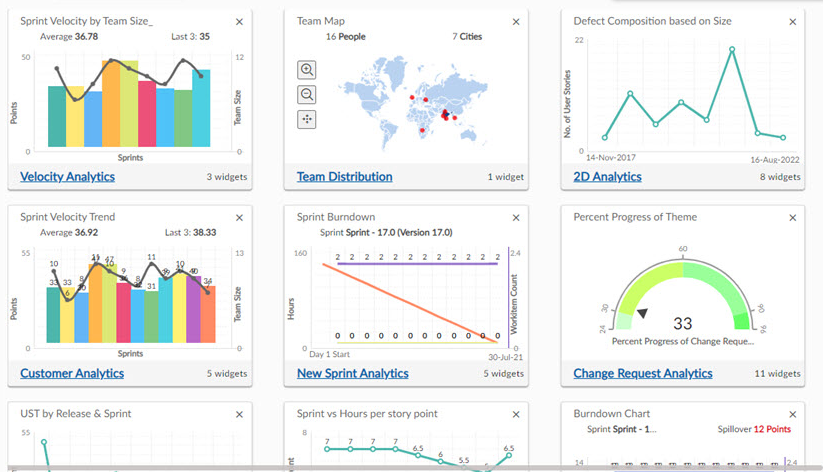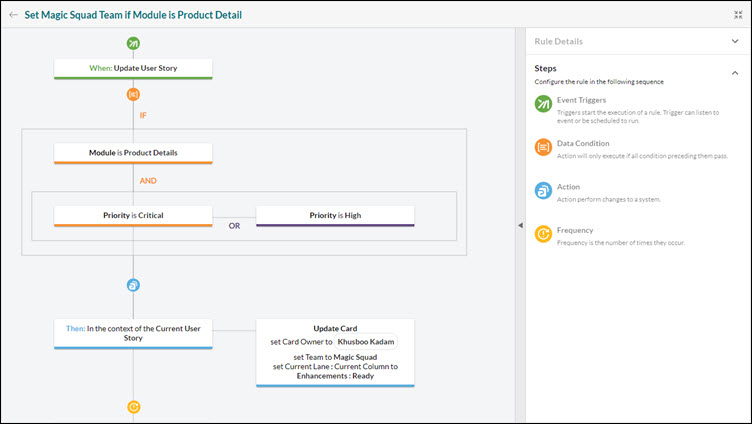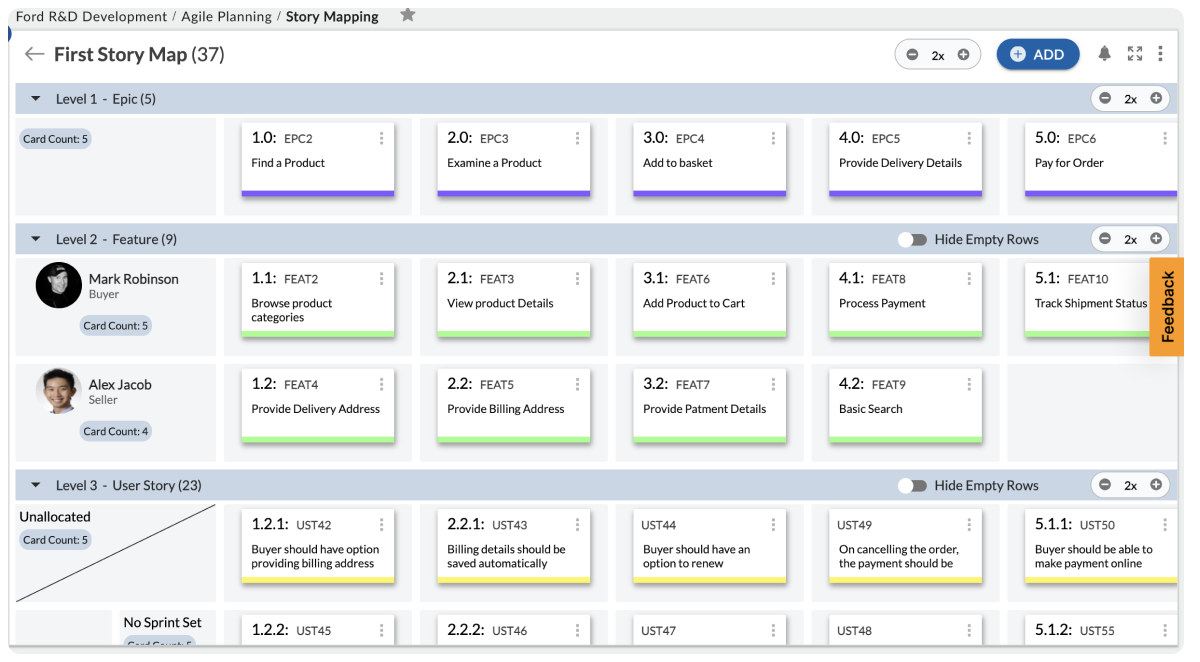- Why Nimble?
- Products
_____________________
- Solutions
- Customers
- Resources
- Login
- Try Nimble for Free
- Why Nimble?
- Products
_____________________
- Solutions
- Customers
- Resources
- Login
- Try Nimble for Free
Navigate to
Work Management vs Project Management: Why you need both
- 6 mins read
- By Joaquin Aceron
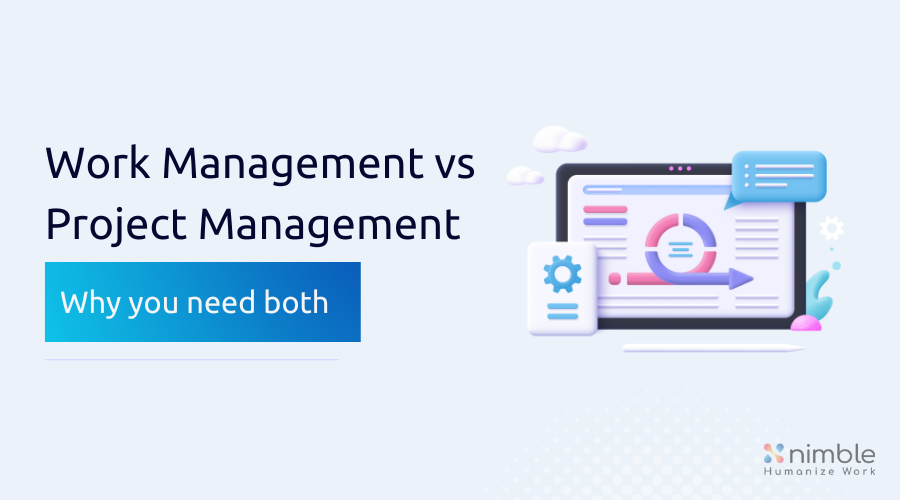
You hear all sorts of talk about work management vs project management.
But work is work, right?
And, managing work is managing work.
Right?
Well, I hate to be the one bursting your bubble, but no, managing project work takes quite a different approach from managing day-to-day, business-as-usual work.
If you’re taking the same approach to both, you’re doing yourself a disservice.
So, let’s see what’s involved, how they match up, and where they differ.
What Is Project Management?
Project management is about managing all aspects that need to come together to achieve the outcome a project is to accomplish: from planning and financing, through organizing the people and the work, to all the “secondary” aspects like technology, legal requirements and concerns, security, housing, communication and reporting.
What Is Work Management?
Work management is about creating clarity around what tasks need to be done and to get them done as effectively and efficiently as possible without overloading the people doing the work (to prevent burnout).
Work Management vs Project Management
Given the above, work management, obviously, is a big part of project management.
So where’s the difference? Why do we distinguish between them?
The difference between work management and project management is in the type of work you manage. Work management is about managing work that needs to be done on an ongoing basis — operational or business as usual (BAU) work, like running a factory or supporting customers. And project (work) management is about managing the work in a project to take it from start to finish, like designing and building a new product or tweaking operations to raise the quality of your products.
Why You Need Both Work and Project Management
BAU work protects the business’ bottom line and keeps it running. It leans towards mitigating risk and ensures that the business maintains its stability. It also functions as a way for teams to identify any potential threats or growth opportunities, and can help inform leaders of points of improvement.
These points can then inform future projects. While BAU work keeps the business afloat, projects are what keep your organization growing. Campaigns, new product launches, large-scale updates, and transformations are all projects that can all help your business generate more revenue and raise your bottom line.
Because they have two different goals, they require different approaches.
For example, BAU work requires little to no planning at all due to its repetitive nature. On the other hand, projects need to be planned, sometimes meticulously, and have their risks assessed beforehand, because of their potential complexity.
While work meetings are a part of both approaches, they serve different purposes.
In BAU, you use work meetings to identify any concerns or threats that prevent routine work from being accomplished. In projects, you use work meetings to detail next steps and mitigate any risks to achieving the project’s goal.
This is precisely why work and project management use different methodologies.
One of the most popular work management methodologies is GTD, or Getting Things Done. Originally conceived as a method for personal productivity, its life cycle can also be applied to BAU work in a business setting. Read all about how that works, including the challenges you’ll face in our article introducing work management for project managers.
For projects, there are many methodologies: Waterfall, Agile, Scrum and all of their variations. Which one you need for any given project depends entirely on the kind of project (work) and on any external requirements, for example regulations you need to comply with.
Every business, including yours, has ongoing work and needs to run many projects to create new products and streamline the ongoing work.
And it’s why you need to be able to do both. Because managing BAU work as if it were a project, or vice versa, is confusing, ineffective, and inefficient.
Despite the differences, there are also overlaps between the two types of work organization.
Let’s have a look.
Overlaps Between Work and Project Management
When you look at work management software and project management frameworks, you’ll quickly identify the overlaps between management of BAU and project work because they stem from the general needs of managing any type of work.
• What you need to do, and when (task management or backlog management).
• You need to understand how you’re doing whether that’s about the flow through your pipeline or the progress towards your project’s goal (reporting).
• You need to offload boring and repetitive tasks that don’t motivate anyone (automation).
• You need to find the right people to do the work (people management).
• You need a way to create and maintain the big picture (story mapping).
• You need to foster connection and collaboration (communication).
Backlog Management
Whether it’s a typical work day or you’ve just started the planning phase of a project, there will always be tasks that need sorting out.
Effective task management starts with a good backlog management feature that allows you to plan out what to do — the tasks, and when — prioritize, and to get more detailed as you learn more out each (refinement).
Reports
Reports are essential to keep oversight and gain insight. Pages of tabled data don’t do much in that respect.
Good data visualization makes a world of difference. They help make reports easy to understand, and meaningful.
Automation
Much of BAU work involves menial, yet time-consuming, repetitive tasks. Being able to automate some of this work can save your team some valuable time and energy, allowing you to devote it to other efforts, such as projects.
Pictured below is SwiftEnterprise’s Business Rules function, which allows you to automate certain repetitive tasks after setting them up.
People Matters
Whether you’re staffing an operational unit or pulling together a project team, being able to find the right people to do the work is essential.
You need to know who is available or find out when someone you really, really want on your team becomes available.
You also want to ensure that their skills and interests complement each other and match up with the work to be done.
This ensures that the team is productive, meeting deadlines, and overall producing value.
Story Mapping
Story Mapping is a way to brainstorm and break down the features of a new product, or the parts of a new major feature.
But it’s not just for projects.
It’s also a way to keep the big picture of a product in everyone’s mind.
It allows teams to understand the whole customer journey — not just the parts that they’re directly involved with.
Collaboration
Modern, hybrid teams may encounter a number of challenges when it comes to feeling like a part of the team. A good work tool should not only be useful for both BAU and project work, but should also allow teams to communicate with each other and promote a feeling of connectedness.
Below is a picture of Nimble Café, where team members can update each other on the latest happenings and start discussions about all kinds of topics.
Rock Your BAU and Project Work
Your business has a lot of work to do.
To keep on top of your game, you want to ensure that you adapt how you manage it to the type of work at hand: operational (business as usual) work or a project to achieve a single, very specific goal.
And you want to pick the right tool.
Unfortunately, and despite the overlaps in managing any type of work, many tools out there only support one or at most a couple of methodologies. Like Kanban boards for BAU work, or full on software packages for traditional, waterfall style project management.
Nimble is different.
It supports the major methodologies for organizing and managing work. Meaning that you no longer have to switch tools or find ways to aggregate information from a plethora of tools to keep your finger on the pulse of your business.
So, find out how to rock your BAU and project work today, signup for a FREE trial.

